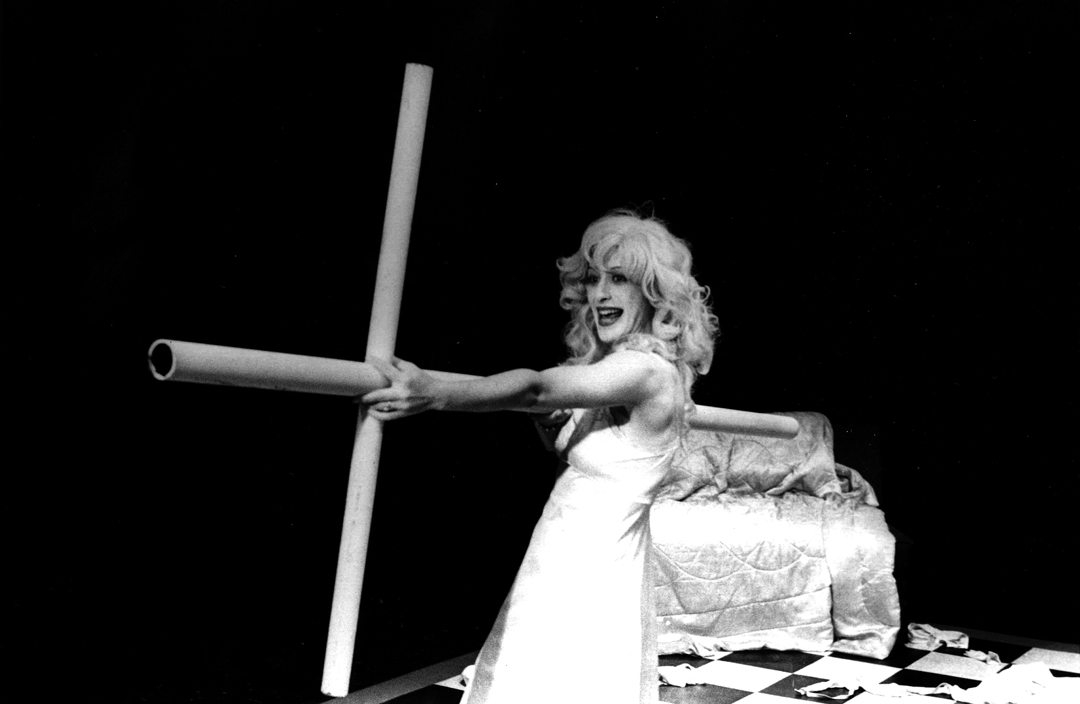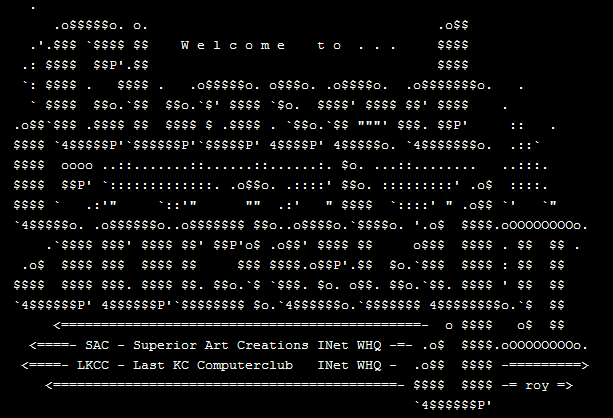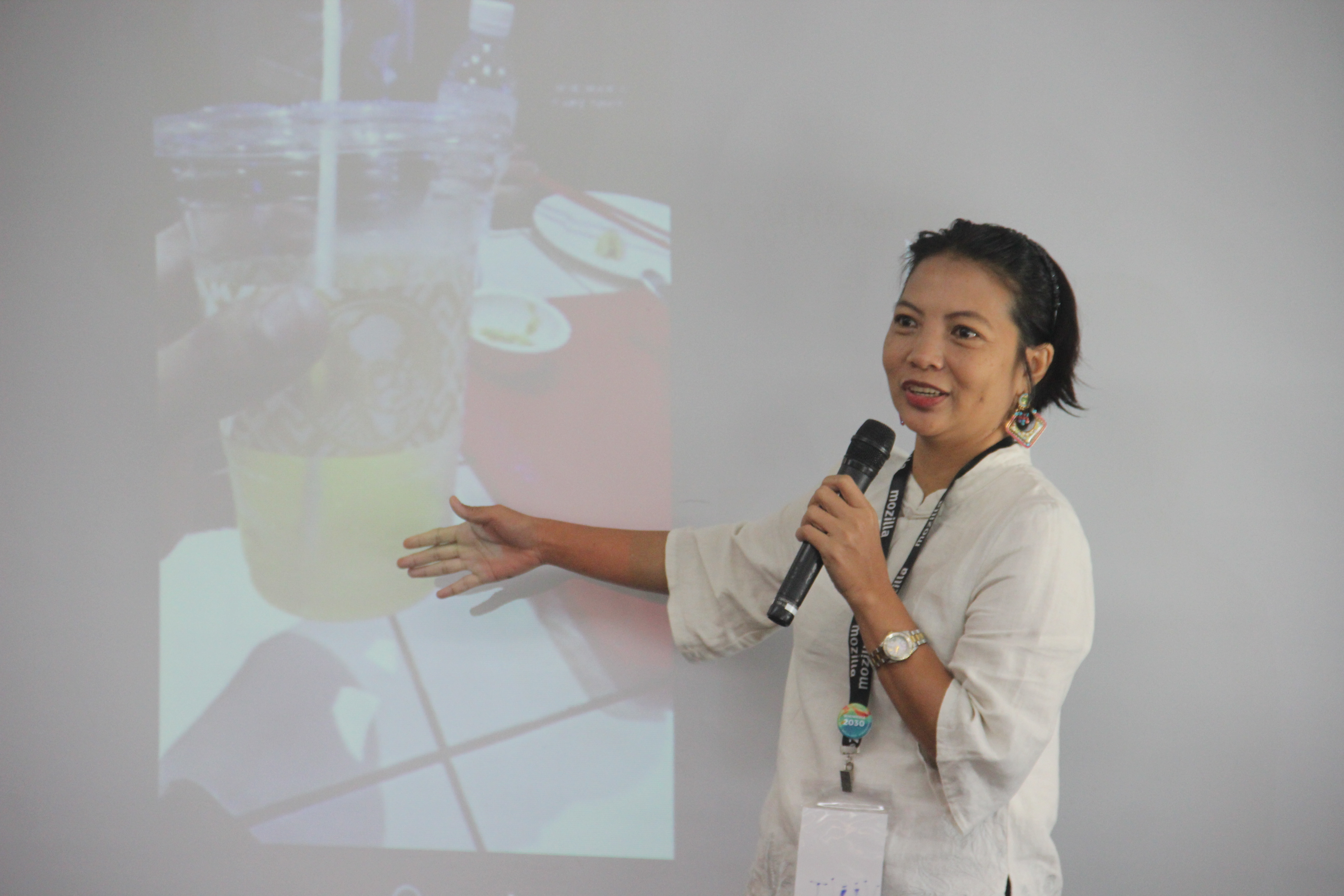|
Experimental Theater
Experimental theatre (also known as avant-garde theatre), inspired largely by Wagner's concept of Gesamtkunstwerk, began in Western theatre in the late 19th century with Alfred Jarry and his Ubu plays as a rejection of both the age in particular and, in general, the dominant ways of writing and producing plays. The term has shifted over time as the mainstream theatre world has adopted many forms that were once considered radical. Like other forms of the avant-garde, it was created as a response to a perceived general cultural crisis. Despite different political and formal approaches, all avant-garde theatre opposes bourgeois theatre. It tries to introduce a different use of language and the body to change the mode of perception and to create a new, more active relation with the audience. Relationships to audience Famed experimental theatre director and playwright Peter Brook describes his task as building "… a necessary theatre, one in which there is only a practical difference ... [...More Info...] [...Related Items...] OR: [Wikipedia] [Google] [Baidu] |
London
London is the capital and List of urban areas in the United Kingdom, largest city of England and the United Kingdom, with a population of just under 9 million. It stands on the River Thames in south-east England at the head of a estuary down to the North Sea, and has been a major settlement for two millennia. The City of London, its ancient core and financial centre, was founded by the Roman Empire, Romans as ''Londinium'' and retains its medieval boundaries.See also: Independent city#National capitals, Independent city § National capitals The City of Westminster, to the west of the City of London, has for centuries hosted the national Government of the United Kingdom, government and Parliament of the United Kingdom, parliament. Since the 19th century, the name "London" has also referred to the metropolis around this core, historically split between the Counties of England, counties of Middlesex, Essex, Surrey, Kent, and Hertfordshire, which largely comprises Greater London ... [...More Info...] [...Related Items...] OR: [Wikipedia] [Google] [Baidu] |
New Media Art
New media art includes artworks designed and produced by means of electronic media technologies, comprising virtual art, computer graphics, computer animation, digital art, interactive art, sound art, Internet art, video games, robotics, 3D printing, and cyborg art. The term defines itself by the thereby created artwork, which differentiates itself from that deriving from conventional visual arts (i.e. architecture, painting, sculpture, etc.). New Media art has origins in the worlds of science, art, and performance. Some common themes found in new media art include databases, political and social activism, Afrofuturism, feminism, and identity, a ubiquitous theme found throughout is the incorporation of new technology into the work. The emphasis on medium is a defining feature of much contemporary art and many art schools and major universities now offer majors in "New Genres" or "New Media" and a growing number of graduate programs have emerged internationally. New media art may i ... [...More Info...] [...Related Items...] OR: [Wikipedia] [Google] [Baidu] |
Visual Art
The visual arts are art forms such as painting, drawing, printmaking, sculpture, ceramics, photography, video, filmmaking, design, crafts and architecture. Many artistic disciplines such as performing arts, conceptual art, and textile arts also involve aspects of visual arts as well as arts of other types. Also included within the visual arts are the applied arts such as industrial design, graphic design, fashion design, interior design and decorative art. Current usage of the term "visual arts" includes fine art as well as the applied or decorative arts and crafts, but this was not always the case. Before the Arts and Crafts Movement in Britain and elsewhere at the turn of the 20th century, the term 'artist' had for some centuries often been restricted to a person working in the fine arts (such as painting, sculpture, or printmaking) and not the decorative arts, craft, or applied Visual arts media. The distinction was emphasized by artists of the Arts and Craf ... [...More Info...] [...Related Items...] OR: [Wikipedia] [Google] [Baidu] |
Video Art
Video art is an art form which relies on using video technology as a visual and audio medium. Video art emerged during the late 1960s as new consumer video technology such as video tape recorders became available outside corporate broadcasting. Video art can take many forms: recordings that are broadcast; installation art, installations viewed in galleries or museums; works streamed online, distributed as video tapes, or DVDs; and performances which may incorporate one or more television sets, video monitors, and projections, displaying live or recorded images and sounds. Video art is named for the original analog video tape, which was the most commonly used recording technology in much of the form history into the 1990s. With the advent of digital recording equipment, many artists began to explore digital technology as a new way of expression. One of the key differences between video art and theatrical cinema is that video art does not necessarily rely on many of the conventio ... [...More Info...] [...Related Items...] OR: [Wikipedia] [Google] [Baidu] |
Music
Music is generally defined as the The arts, art of arranging sound to create some combination of Musical form, form, harmony, melody, rhythm or otherwise Musical expression, expressive content. Exact definition of music, definitions of music vary considerably around the world, though it is an aspect of all human societies, a cultural universal. While scholars agree that music is defined by a elements of music, few specific elements, there is Elements of music#Selection of elements, no consensus on their precise definitions. The creation of music is commonly divided into musical composition, musical improvisation, and musical performance, though the topic itself extends into #Academic study, academic disciplines, Music journalism, criticism, Philosophy of music, philosophy, and Music psychology, psychology. Music may be performed or improvised using a vast range of musical instrument, instruments, including the human voice. In some musical contexts, a performance or composi ... [...More Info...] [...Related Items...] OR: [Wikipedia] [Google] [Baidu] |
Dance
Dance is a performing art form consisting of sequences of movement, either improvised or purposefully selected. This movement has aesthetic and often symbolic value. Dance can be categorized and described by its choreography, by its repertoire of movements, or by its historical period or place of origin. An important distinction is to be drawn between the contexts of theatrical and participatory dance, although these two categories are not always completely separate; both may have special functions, whether social, ceremonial, competitive, erotic, martial, or sacred/ liturgical. Other forms of human movement are sometimes said to have a dance-like quality, including martial arts, gymnastics, cheerleading, figure skating, synchronized swimming, marching bands, and many other forms of athletics. There are many professional athletes like, professional football players and soccer players, who take dance classes to help with their skills. To be more specific professional ... [...More Info...] [...Related Items...] OR: [Wikipedia] [Google] [Baidu] |
Facilitator
A facilitator is a person who helps a group of people to work together better, understand their common objectives, and plan how to achieve these objectives, during meetings or discussions. In doing so, the facilitator remains "neutral", meaning they do not take a particular position in the discussion. Some facilitator tools will try to assist the group in achieving a consensus on any disagreements that preexist or emerge in the meeting so that it has a solid basis for future action. Definitions There are a variety of definitions for ''facilitator'': * "An individual who enables groups and organizations to work more effectively; to collaborate and achieve synergy. He or she is a 'content neutral' party who by not taking sides or expressing or advocating a point of view during the meeting, can advocate for fair, open, and inclusive procedures to accomplish the group's work" – Michael Doyle * "One who contributes structure and process to interactions so groups are able to functi ... [...More Info...] [...Related Items...] OR: [Wikipedia] [Google] [Baidu] |
Devised Theatre
Devised theatre – frequently called collective creation – is a method of theatre-making in which the script or (if it is a predominantly physical work) performance score originates from collaborative, often improvisatory work by a performing ensemble. The ensemble is typically made up of actors, but other categories of theatre practitioners may also be central to this process of generative collaboration, such as visual artists, composers, and choreographers; indeed, in many instances, the contributions of collaborating artists may transcend professional specialization. This process is similar to that of commedia dell'arte and street theatre. It also shares some common principles with improvisational theatre; however, in devising, improvisation is typically confined to the creation process: by the time a devised piece is presented to the public, it usually has a fixed, or partly fixed form. Historically, devised theatre is also strongly aligned with physical theatre, due at least i ... [...More Info...] [...Related Items...] OR: [Wikipedia] [Google] [Baidu] |
Jerzy Grotowski
Jerzy Marian Grotowski (; 11 August 1933 – 14 January 1999) was a Polish theatre director and theorist whose innovative approaches to acting, training and theatrical production have significantly influenced theatre today. He was born in Rzeszów, in southeastern Poland, in 1933 and studied acting and directing at the Ludwik Solski Academy of Dramatic Arts in Kraków and Russian Academy of Theatre Arts in Moscow. He debuted as a director in 1957 in Kraków with Eugène Ionesco's play ''Chairs'' and shortly afterward founded a small laboratory theatre in 1959 in the town of Opole in Poland. During the 1960s, the company began to tour internationally and his work attracted increasing interest. As his work gained wider acclaim and recognition, Grotowski was invited to work in the United States and left Poland in 1982. Although the company he founded in Poland closed a few years later in 1984, he continued to teach and direct productions in Europe and America. However, Grotowski ... [...More Info...] [...Related Items...] OR: [Wikipedia] [Google] [Baidu] |
Military–industrial Complex
The expression military–industrial complex (MIC) describes the relationship between a country's military and the defense industry that supplies it, seen together as a vested interest which influences public policy. A driving factor behind the relationship between the military and the defense-minded corporations is that both sides benefit—one side from obtaining war weapons, and the other from being paid to supply them. The term is most often used in reference to the system behind the armed forces of the United States, where the relationship is most prevalent due to close links among defense contractors, the Pentagon, and politicians. The expression gained popularity after a warning of the relationship's detrimental effects, in the farewell address of President Dwight D. Eisenhower on January 17, 1961. In the context of the United States, the appellation is sometimes extended to military–industrial–congressional complex (MICC), adding the U.S. Congress to form a three-s ... [...More Info...] [...Related Items...] OR: [Wikipedia] [Google] [Baidu] |
Utopia
A utopia ( ) typically describes an imaginary community or society that possesses highly desirable or nearly perfect qualities for its members. It was coined by Sir Thomas More for his 1516 book '' Utopia'', describing a fictional island society in the New World. However, it may also denote an intentional community. In common parlance, the word or its adjectival form may be used synonymously with "impossible", "far-fetched" or "deluded". Hypothetical utopias focus on—amongst other things—equality, in such categories as economics, government and justice, with the method and structure of proposed implementation varying based on ideology. Lyman Tower Sargent argues that the nature of a utopia is inherently contradictory because societies are not homogeneous and have desires which conflict and therefore cannot simultaneously be satisfied. To quote: The opposite of a utopia is a dystopia or cacotopia. Utopian and dystopian fiction has become a popular literary category. Desp ... [...More Info...] [...Related Items...] OR: [Wikipedia] [Google] [Baidu] |


.jpg)





.jpg)